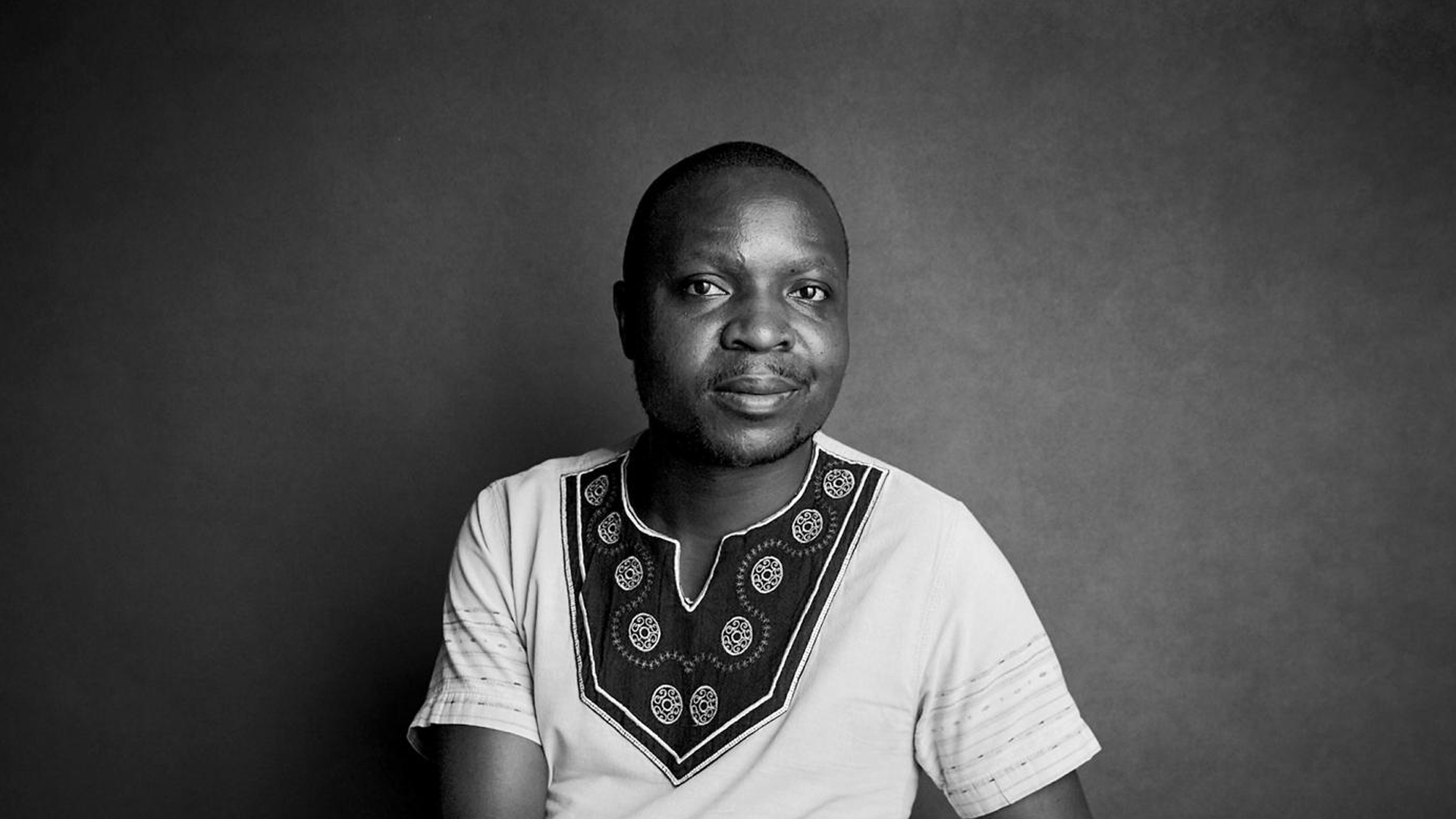William Kamkwamba

Biography
William Kamkwamba was born in 1987 in Kasungu, Malawi, a rural farming community where most families lived without electricity. His childhood was shaped by poverty and limited resources, but also by a deep curiosity about how things worked.
In 2001–2002, Malawi suffered a devastating drought and famine. William’s family, like many others, struggled to find enough food. The crisis forced William to drop out of school because his family could not afford tuition. Yet, his desire to learn never stopped.
William began teaching himself by visiting a small local library. Though English was not his first language, he studied books on physics and energy, puzzling through diagrams until he grasped the basics of electricity and wind power.
At just 14 years old, William decided to build a windmill to generate electricity for his home and community. Using scrap materials—a broken bicycle, tractor fan blades, PVC pipe, and wood—he constructed a functioning wind turbine that could power a few lights and charge cell phones. It was the first time his village had ever had electricity.
Encouraged by this success, William went on to build a larger windmill to pump water for irrigation. This invention allowed families to grow food even during dry seasons, offering a lifeline in times of famine.
At first, many people in his village doubted him. They laughed as he searched through garbage piles for parts and thought his efforts were strange. But when his windmill worked, skepticism turned into admiration, and William became a symbol of innovation and hope.
William’s story spread around the world after he gave a TED Talk in 2007 and published his memoir, 'The Boy Who Harnessed the Wind.' He eventually returned to school, studied abroad, and became an advocate for science, education, and sustainable development.
William Kamkwamba’s invention wasn’t just about electricity, it was about possibility. In the middle of famine and poverty, he proved that creativity and persistence could overcome even the harshest circumstances. His story challenges us to look at problems not as roadblocks but as opportunities for solutions. William is living proof that you don’t need wealth, privilege, or perfect conditions to make an impact — you need vision, courage, and the will to act. His journey is a call to every teenager: the tools for change are often right in front of you, waiting for you to put them together.
?
How did William Kamkwamba’s self-education at the library change his life and community?
What challenges did William face in building his windmill, and how did he overcome them?
Why is William’s story an example of resilience and creativity in the face of poverty?
How does William’s work connect to larger issues like renewable energy and sustainability?
What lessons can young inventors today learn from William Kamkwamba’s determination?
Dig Deeper
William Kamkwamba shares his story of building a windmill from scrap materials to bring electricity to his village in Malawi.
Discover more

Tim Berners-Lee
Inventor of the World Wide Web, Tim Berners-Lee showed us that one idea, shared freely, can change the lives of billions.

Steve Jobs
Steve Jobs, the visionary co-founder of Apple Inc. who revolutionized personal computing, mobile communication, music, and digital design.

Thomas Edison
With over 1,000 patents and an 'invention factory' at Menlo Park, Thomas Edison turned electricity, recorded sound, and motion pictures from curiosities into global industries.
Further Reading
Stay curious!
